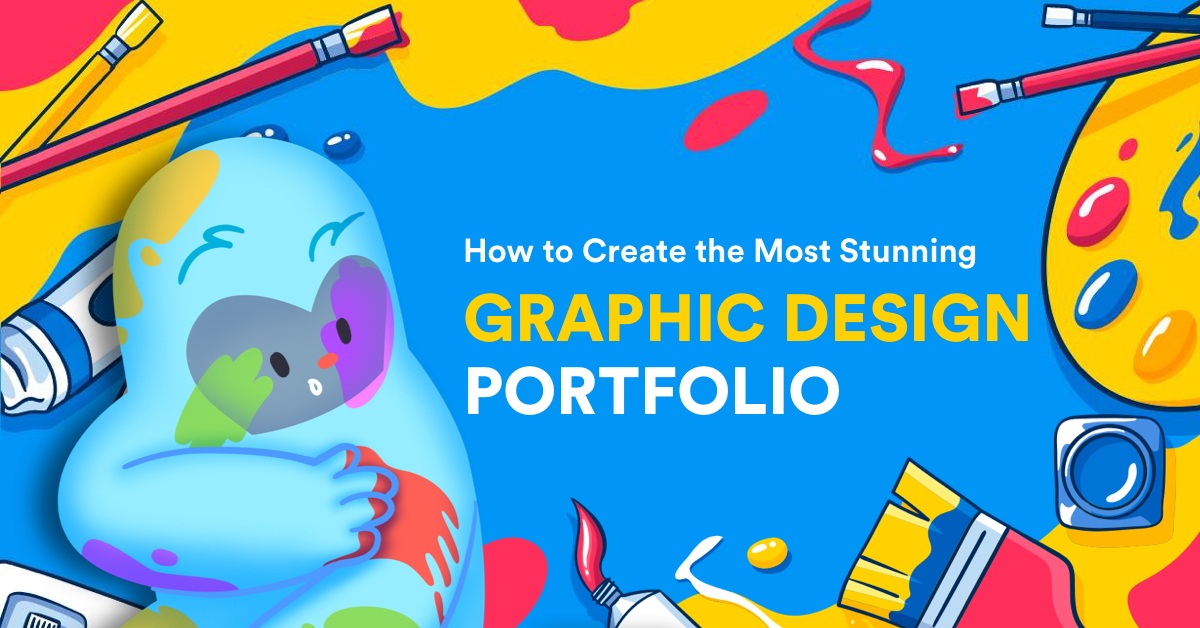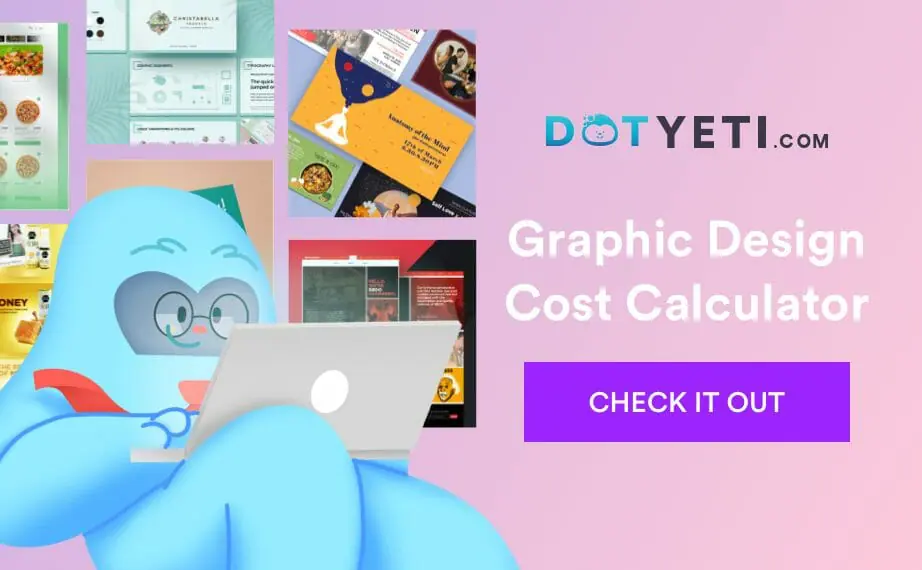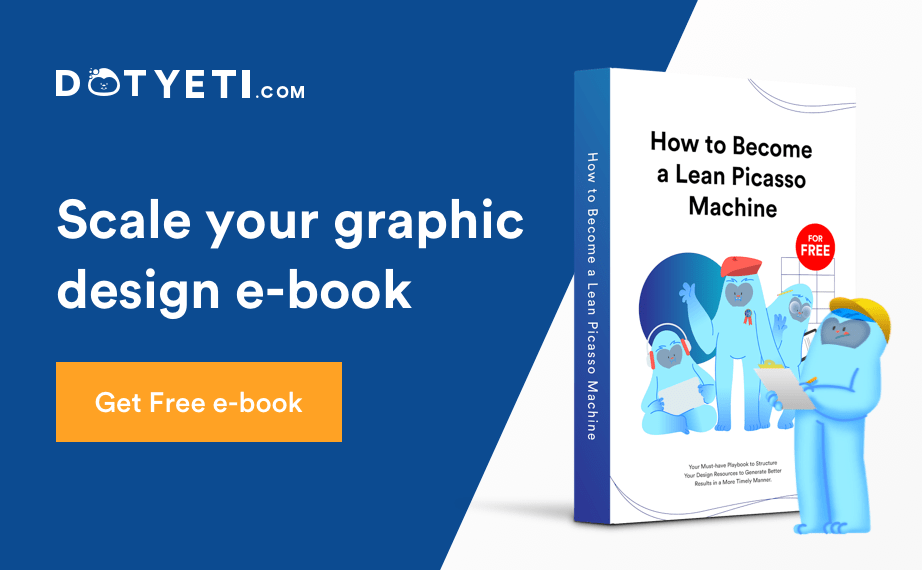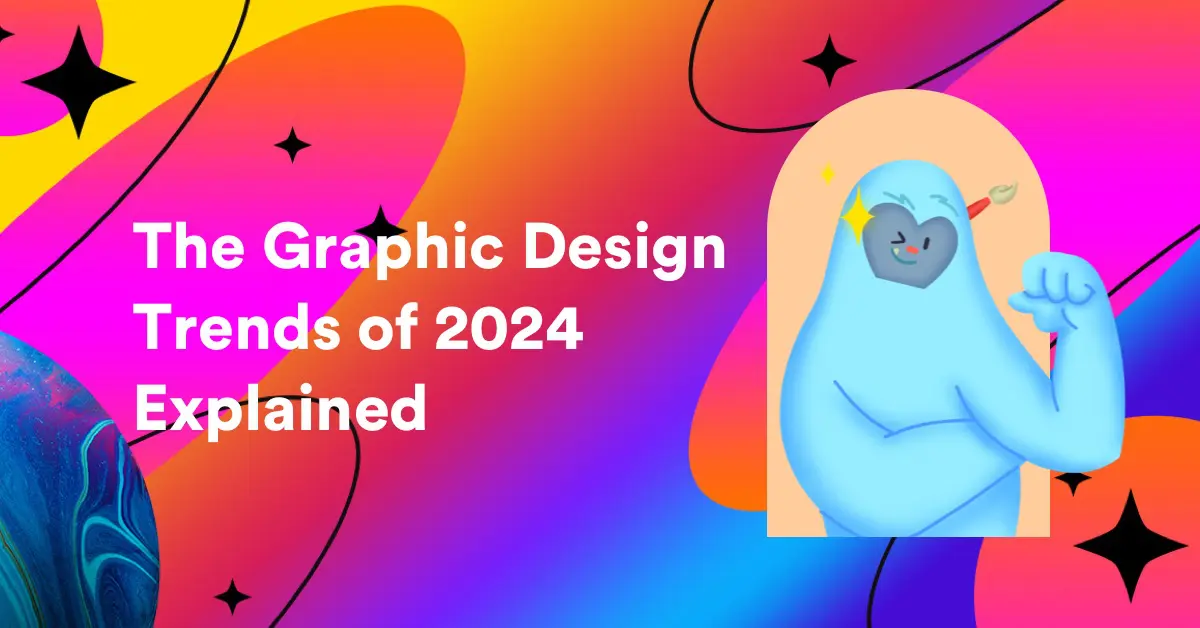Creating a graphic design portfolio is probably one of the biggest challenges, even for a veteran graphic designer. With so much competition in the graphic design industry, a stunning graphic design portfolio becomes a necessity more often than not. The thing is, most clients, recruiters, and companies receive hundreds of design portfolios, so standing out is more difficult than people think. At the end of the day, your portfolio helps you land those clients. So, if you notice you haven’t been sealing any deals lately, you may need to take another look at your portfolio.
There are many ways to do this. We’ve prepared this comprehensive guide to help you create standout portfolios and hopefully land those clients so you can skip to the good part—creating the best graphic designs.
Why You Need to Create Your Own Graphic Design Portfolio
One common mistake we’ve seen in portfolios is simply compiling good designs (which are really good) but failing to explain their purpose or make clients understand why this design works. Remember, graphic design aims to convey a message; aesthetics come second. It might seem like showing off your best work or placing the most well-known brands you’ve worked with is the best way to go, but clients and business owners prioritize first if you can relay the proper message to their target audience.
When You Have Nothing to Fill Your Portfolio
New designers are well aware of how challenging it is to showcase their portfolio designs. The initial paradox of filling your portfolio becomes your first biggest challenge: you need work to establish a portfolio, yet work is necessary to build a portfolio.
While you have this initiative, the best way to start is to get in touch with small enterprises, close friends, and members of your family to see if you can work for free or make something on your own to showcase your talents. Donation work may seem off-putting since you don’t get paid. But it’s a start.
A small commission-based project works too, as it shows your experience in fulfilling a client request. Another smart thing you can also do is to make up a brand from scratch solely for example purposes only. This is an excellent exercise for honing your trade and experimenting. You may even redesign an existing brand or develop a dummy project for it.
There are many design challenges online that you can discover to get your creative juices flowing if you don’t feel like coming up with ideas on your own.
5 Ways to Build Your Graphic Design Portfolio
If you want to take it a step further, there are five surefire ways to capture the attention of your clients. While this isn’t a tell-all checklist, it has been (at least in our experience) the best concepts and content a portfolio must have. It’s sure to entice business owners who only take a quick glance or the meticulous recruiter looking for the perfect designer to fit the bill.
-
Showcase your branding or personal style
As a graphic designer, you’ll be able to build your own personal style or personal branding. This is something that should be in your portfolio. A successful graphic design portfolio depends on having a strong personal brand. Don’t be afraid to show off your individual abilities and presentational flair.
At the top of the initial page, place a powerful personal logo or name. Consider your individual design style and how you might best represent it in your portfolio. It can be that you like bolder hues, an illustration-heavy aesthetic, or handwritten fonts. Whatever strategy you choose, be sure to include those components across the portfolio.
Ensure that your portfolio includes a professional-quality photo of yourself as well. Along with those personal brand components, this helps the audience develop confidence in you.
- Display best-performing or best-reviewed designs
There’s nothing more attractive to clients than showing successful work. Graphic designs that are recognizable and have yielded positive client testimonials must be placed in your portfolio. Just always remember to keep the purpose consistent. Adding client testimonials won’t hurt either. In fact, they can increase your credibility. So try to squeeze that in if you can (with actual screenshots).
-
Add at least 2-3 case studies
Case studies usually impress clients, especially if your designs have helped them above and beyond. You don’t have to include a whole 10-page case study (though we advise providing a link or a downloadable file if you can), but it’s necessary to showcase the crucial parts of the project, like the design, the purpose, the business goal, and the results.
In addition, case studies also show a great deal of your history and capability as a graphic designer. You can show how a logo design was conceived, possibly with rough sketches and packaging design suggestions. This takes the audience on a trip that teaches them more about you as a designer than a collection of static images ever could.
-
Include hero images for each case study
This is a no-brainer: hero images are important for each study. In fact, if your portfolio layout asks for it, try to include hero images for every portion of your portfolio. And speaking of layouts…
-
Finish it off with a simple design layout
Your portfolio layout is just as important in relation to the content you will place. Remember, everything you do in marketing yourself should have well thought of; every decision is a marketing decision. Make sure your layouts are accessible, easy to read, and in line with the branding you are trying to showcase.
It won’t hurt to have different portfolios with different branding if you think it is necessary, as each graphic design project is different from the others.
9 Things That Graphic Design Portfolios May Include
- Logo Designs
- Illustrations
- Product Designs
- Typography
- Editorial Designs
- UI/UX Designs
- Packaging Designs
- Branding and Visual Identity
These are just some examples, but it’s not necessarily limited to these. Banners, ads, hero images, and other things can be included as well if the clients look for those.
Stunning Graphic Design Portfolio Checklist
Now that you have all the necessary information for creating a graphic design portfolio, let’s review all the concepts with this checklist:
- Have you included a personal brand and style?
- Have you included your best-performing designs?
- Did you include client testimonials?
- Did you include at least 2-3 case studies in relation to the branding?
- Did you add hero images to the case studies, projects, etc.?
- Did you include various designs with a short explanation of each?
- Is your layout accessible, on-brand, and easy to understand?
- Are all your links accessible and updated?
And there you have it. Hopefully, this guide helped you create an outline for your graphic design portfolio and ultimately land those clients. Portfolios are an important resource for every graphic designer, whether you’re a freelancer or in corporate work. We strongly advise you to update them every now and then, even if you’re not looking for extra work.
Are you ready to create your graphic design portfolio? Reach out to us if you need help. We’ve got packages to help every type of graphic designer if they’re stumped on where to begin. Check out Dotyeti.com for our design packages, resources, and portfolio examples.






![[UPDATED] Why DotYeti is The Best Graphic Service Provider in 2024](https://www.dotyeti.com/wp-content/uploads/2022/01/2022-2.jpg)

